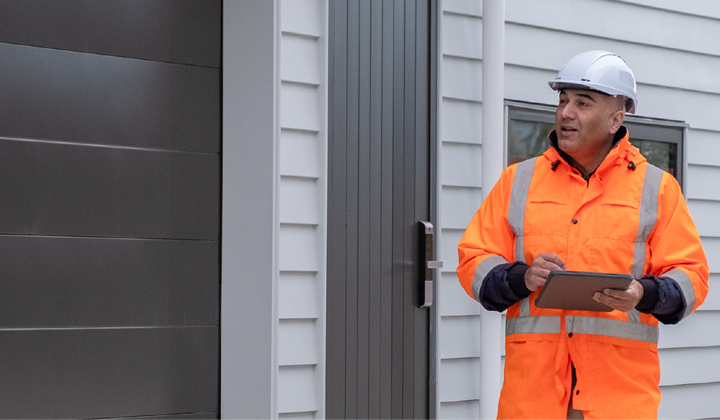

Why new-builds tend to cost about 6% more than established homes
The median price of a new-build property is $811,000, compared to $768,050 for an existing dwelling, according to CoreLogic analysis.
That new-build premium of about 6% is virtually identical to the average dating back to 2002.
During that time, the premium has been as high as 15%. Premiums were particularly high during 2002-04 and from mid-2016 to mid-2020.
But premiums have also been as low as -2%. That negative premium occurred between mid-2009 and mid-2011, when the construction sector was dealing with the Global Financial Crisis and its aftermath, suggesting that developers had to offer discounts to sell their properties, according to CoreLogic Chief Property Economist Kelvin Davidson.
“The fact that a new-build premium has generally existed through time is no real surprise. After all, they require less maintenance and will tend to be higher quality (e.g. better insulation) than the average existing dwelling, which ‘justifies’ a higher price,” Mr Davidson said.
“On top of that, although the growth has slowed down now, there’s previously been sharp increases in residential construction costs over the past three to four years, conceivably meaning that new-builds have simply had to be priced higher to reflect that reality.
“In addition, new-builds have been strongly favoured in recent years by the lending and tax rules too, or in other words exempt from the LVRs – meaning maybe a 10% deposit at present rather than 20% for owner-occupiers or 35% for investors – and also still being able to have 100% mortgage interest deductions on landlords’ tax returns.
“The shorter Brightline Test that has recently prevailed for new-builds (five years) versus existing properties (10) may have also been a factor in the price premium.”
The new-established price gap is likely to narrow
Mr Davidson forecast that the new-build premium might decline in the next year or two, for four reasons:
- Building work is declining and construction cost growth has slowed, reducing upward pressure on new-build prices.
- Developers appear to be struggling to secure pre-sales for their new-build projects, which may force them to discount.
- More listings are coming to the market, which means some potential new-build buyers might opt for existing dwellings instead.
- Mortgage interest deductibility is set to even out regardless of property age, which will give investors less reason to choose a new-build over an established home.
“Overall, though, ultimately whether new-builds cost a little or a lot more than existing properties, the bigger point is that we simply need more of them in future, to cater for population growth and to try to keep a lid on housing (un)affordability,” he said.
As your mortgage adviser, I can help you finance any kind of purchase, whether for a new-build or an existing home. Before you start your property search, contact me to organise a home loan pre-approval.
